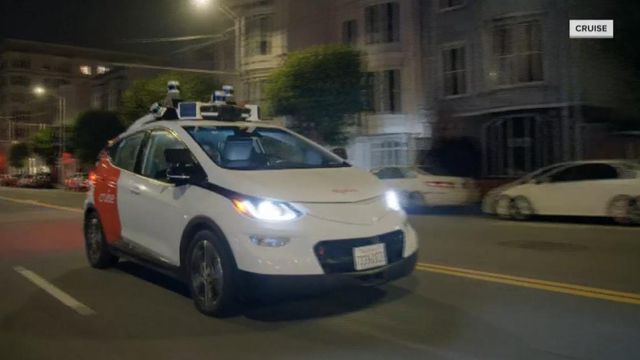NC State researchers help design safer, more efficient travel
The days when you can sit in your car and let a computer do the driving may not be as far in the future as you think. North Carolina State University researchers have developed computer simulations with the goal of moving cars safely and more efficiently.
Traffic simulations created by N.C. State researchers compare typical driving on busy roads to what could be the future with self driving, or autonomous vehicles.
Ali Hajbabaie is an assistant professor of of civil construction and environmental engineering.
"Some of these animations that show vehicles are going through an intersection without the signal and they just jump in front of each other," Hajbabaie said about computer-based animated models.
That is, without collisions.
Hajbabaie said the models help researchers study how vehicles could interact with each other in a world without stop lights.
"We can reduce travel time, travel delay. We can reduce emissions. We can improve safety," said Hajbabaie.
Hajbabaie said connected vehicles, or CVs, equipped with wireless technology could receive and share information with traffic controllers or automated vehicles, also know as AVS, on their own.
"These are not connected to anything," said Hajbabaie. "Then we have connected-automated vehicles that bring both of those together."
In a roundabout traffic environment, simulated tests compare connected human-driven vehicles to self-driving vehicles which move more efficiently through traffic.
Hajbabaie said these scenarios are not yet ready for the real world.
"We can come up with scenarios that maybe you don’t want to test now, because they are a little bit risky, but all of those scenarios could be tested in a simulated environment because the risk there is none, right" Hajbabaie said.
The goal, he says, is to build trust in these systems and then prove they are safer than the way we drive now.
"So eventually, I hope in the future, we can get close or we can get to zero collisions," said Hajbabaie.
Researchers are also looking at how automated traffic control systems could return control to human drivers. The challenge is at that point is where the driver may not be ready to take over.













